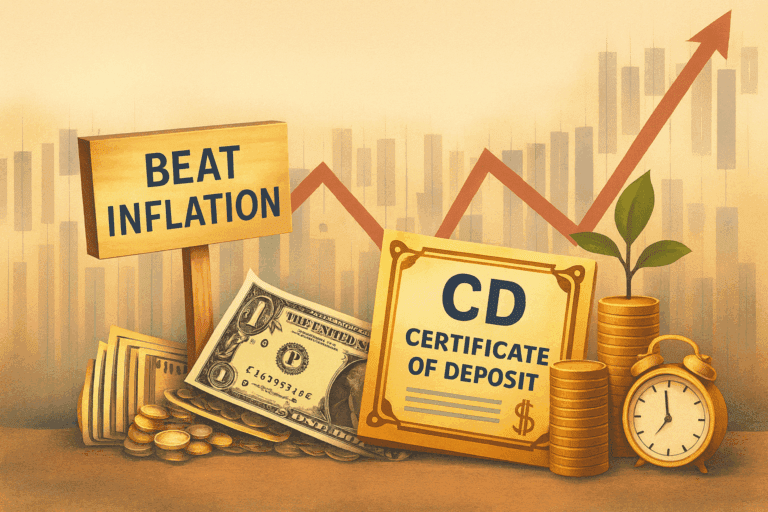The Federal Reserve will meet in September to discuss monetary policy. The Fed has kept interest rates sky-high for the past two years. In fact, we’re at a twenty-year high for interest rates right now. In September, the central bank might finally ease up on the pressure. Why is now the time to drop interest rates? And what does that mean for you?
High Interest Rates
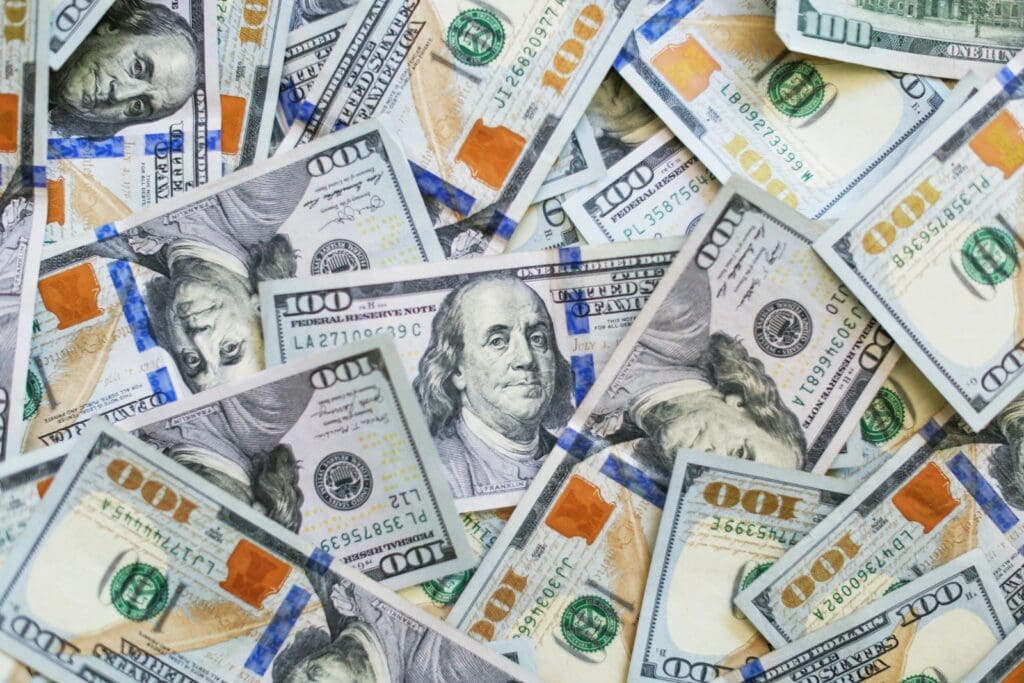
Currently, the Fed is targeting 5.25% to 5.5% interest rates on short-term loans. That includes things like credit cards, too! If you’ve been wondering why credit card debt and mortgage costs are so high right now, this unbelievably high interest rate is the reason. That’s higher than it’s been in over twenty years, putting serious pressure on the economy.
Why Is it Like This?
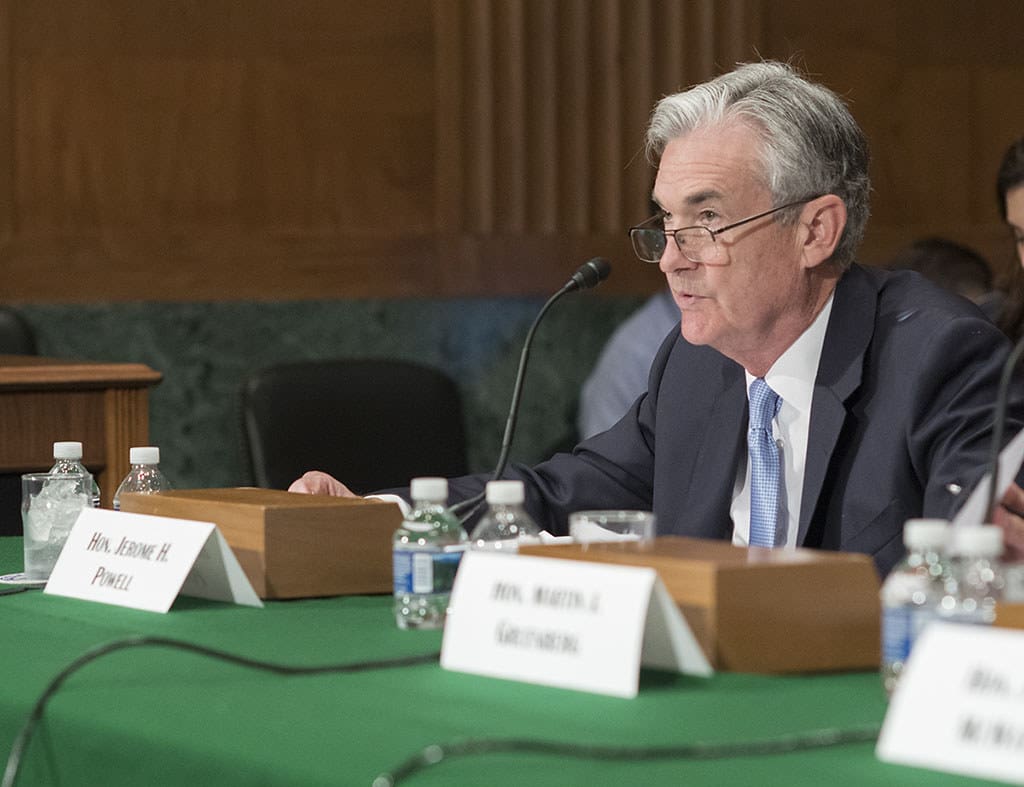
The reason for this high rate is simple: Fed Chair Jerome Powell and other economists with the central bank want to combat runaway inflation. In 2022, the inflation rate was around 9% annually. Thankfully, these days it’s back down around 3%, which is much better but still over the Fed’s target of 2% annual inflation.
Time to Cut Back?
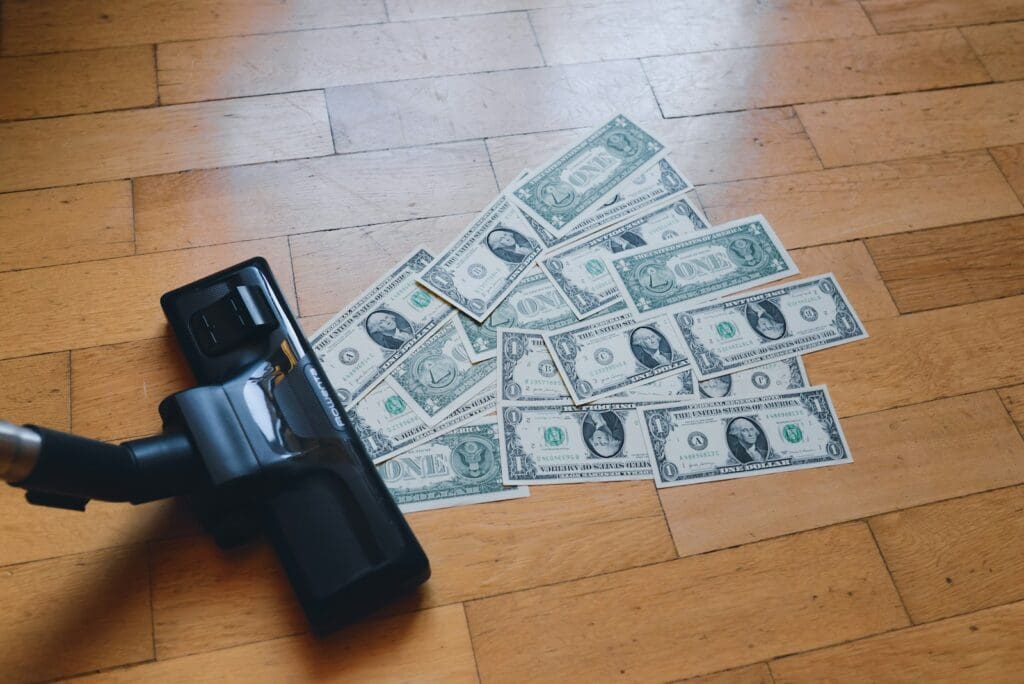
Powell has recently indicated that it’s time for the central bank to reevaluate its current financial policy. After seeing some encouraging economic readings with regards to inflation, the Fed could finally offer some relief to economists and investors who have been struggling through a constrained market.
Did the Interest Rates Work?

Since the Fed is now moving away from higher interest rates, does that mean their strategy worked? The answer is “mostly.” The “last mile” of inflation is the hardest part to get under control, which is why it’s still at 3% annually instead of the preferred 2%. Still, this is a huge improvement over 2022 and shows the central bank that they can loosen up on their policy slightly.
The Risks

Of course, no one can predict the future. As such, while the Fed is loosening rates now, it could easily clamp them back down in a hurry if inflation goes red-hot again in a slightly more lax economy. Still, there are considerable risks to keeping interest rates too high for too long. Eventually, such tight monetary policy just leads to a recession.
Good News for Investors
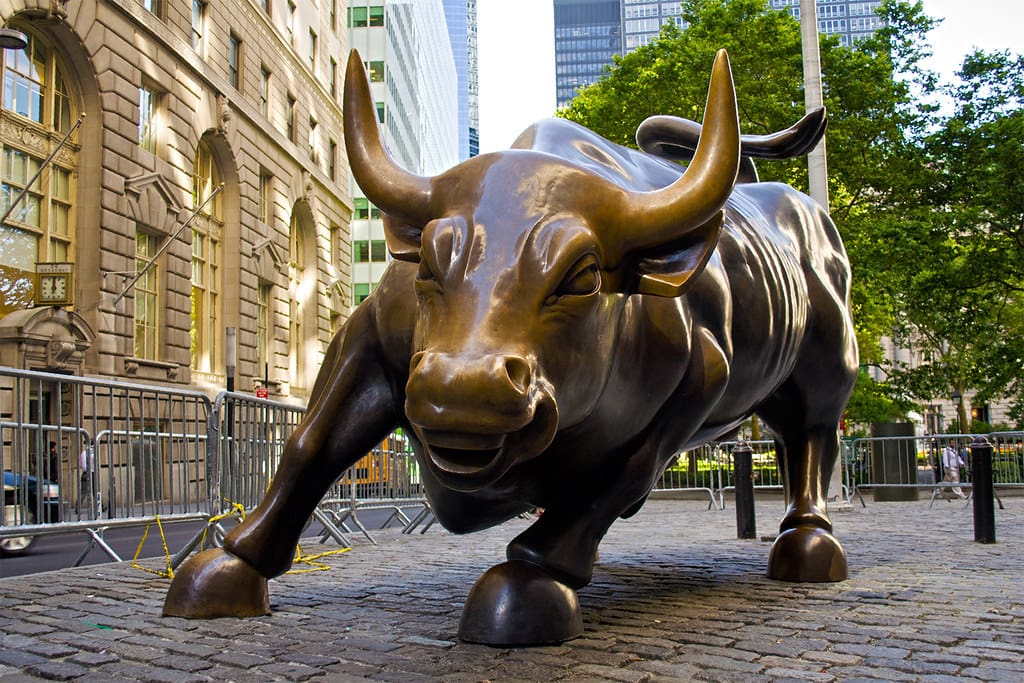
Lower interest rates mean that it’ll be cheaper for businesses to borrow money. This gives them more room to expand, to hire new employees, and to improve their market position. This is all great news for investors who are looking for the stock market to bounce further up from recent setbacks.
Homebuyers Rejoice

Moreover, if the Fed moves the average interest rate a few times before the end of the year, this could be a huge help for people looking to buy homes. Mortgage interest rates heavily depend on the Fed’s target, so seeing them bring things back to Earth could be a major help for homebuyers.
Credit Cards
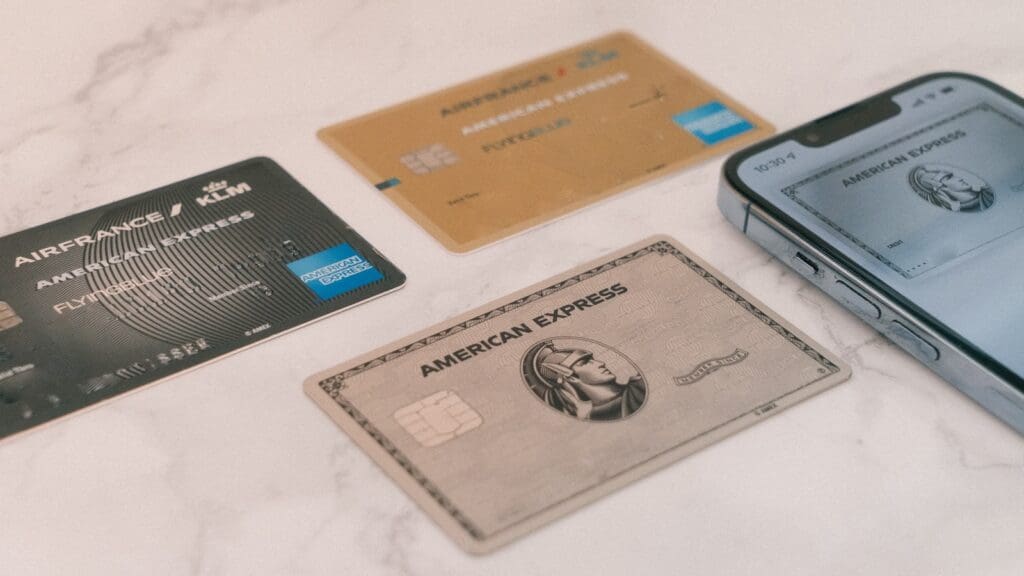
This could even be good news for people with credit cards, as the APR on such cards is also dependent on Fed-set interest rate targets. While a single cut of around 0.25 or 0.5 percentage points might not mean a lot in the short term for borrowers, it could have huge long-term implications.
Read More: Inflation Would Look Better if Everyone Drove EVs
What to Do if Rates Drop

If rates do drop on the money you’ve borrowed, it’s best to avoid just making minimum payments. If you were able to afford a higher payment before, keep making that higher payment! Paying more than the minimum on a lower interest rate means that you’ll pay your debt off sooner, saving a ton of money in interest at the same time.
Read More: Are Companies to Blame for Inflation?
What’s Next for the Economy?
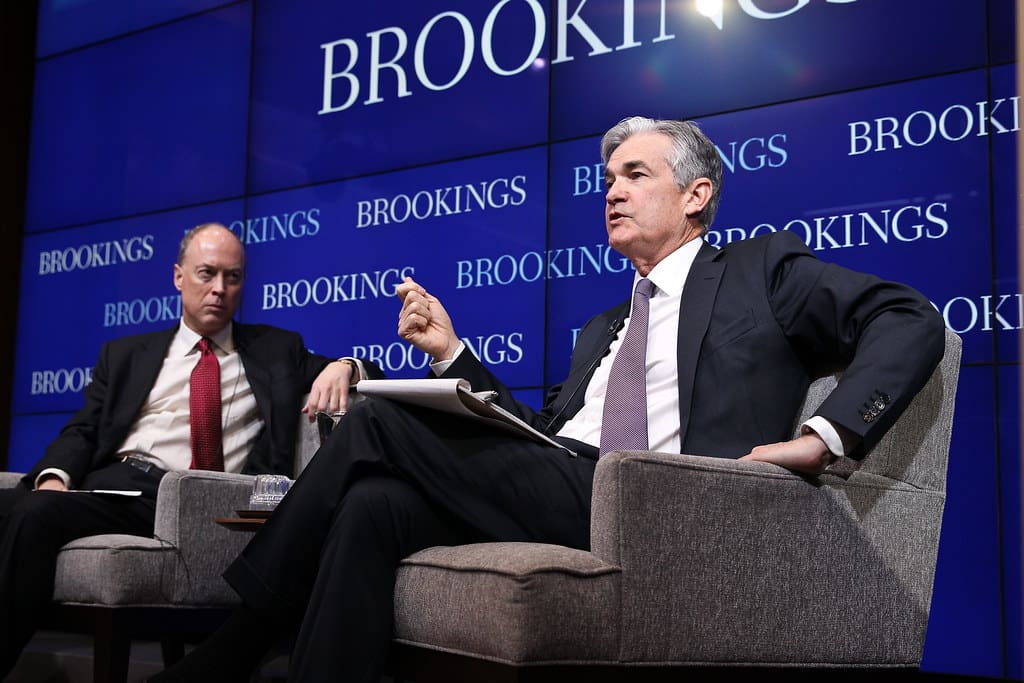
No one has a crystal ball, so predicting the twists and turns of the economy is impossible. However, educated guesses from economists hold that the economy is still in a perilous position right now. The Fed has a tough job ahead of it, trying to curb inflation and recessionary fears simultaneously. Still, things have been sailing along since 2020 just fine so far—why would that stop now?
Read More: Are Interest Rate Cuts Good for the Economy?

